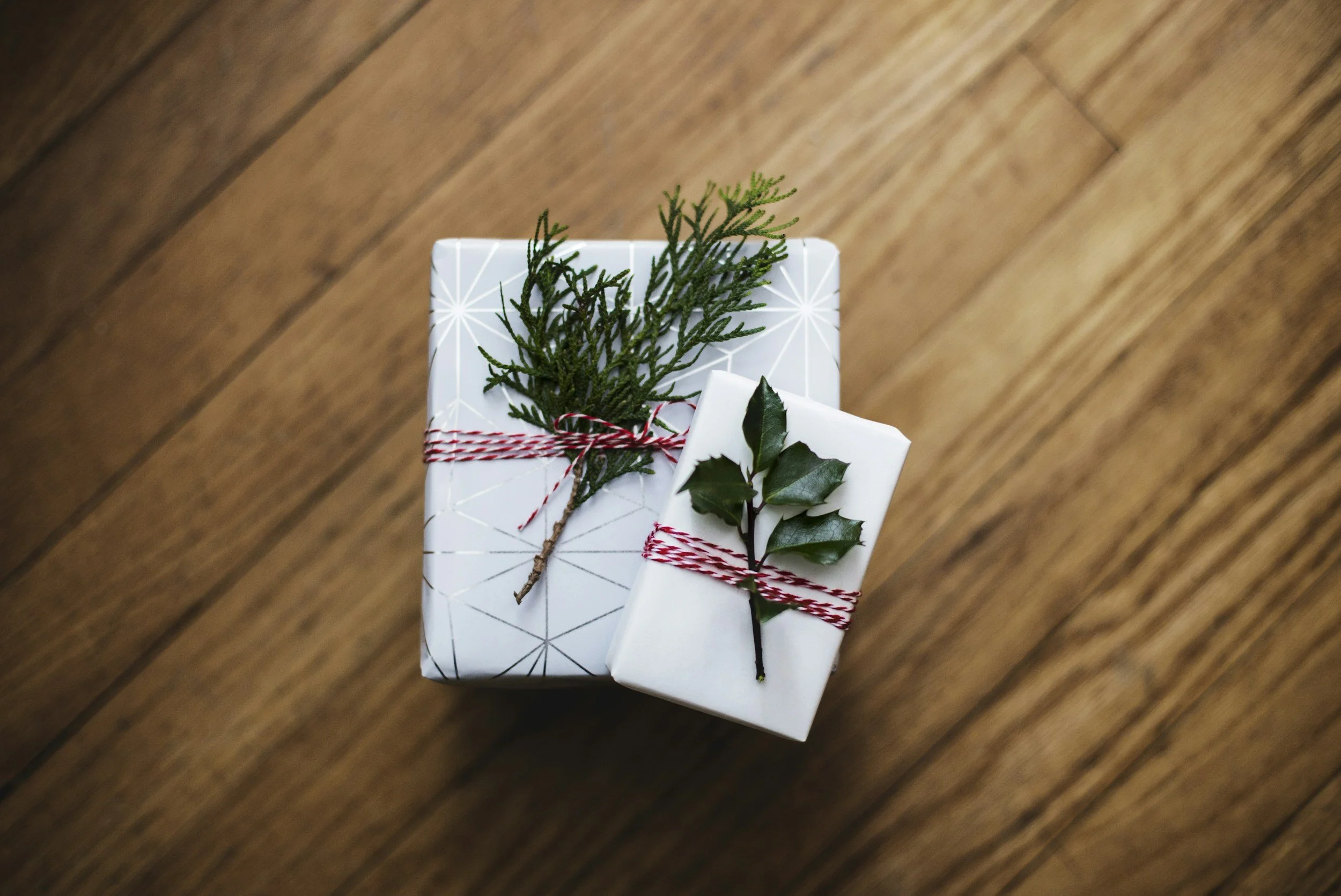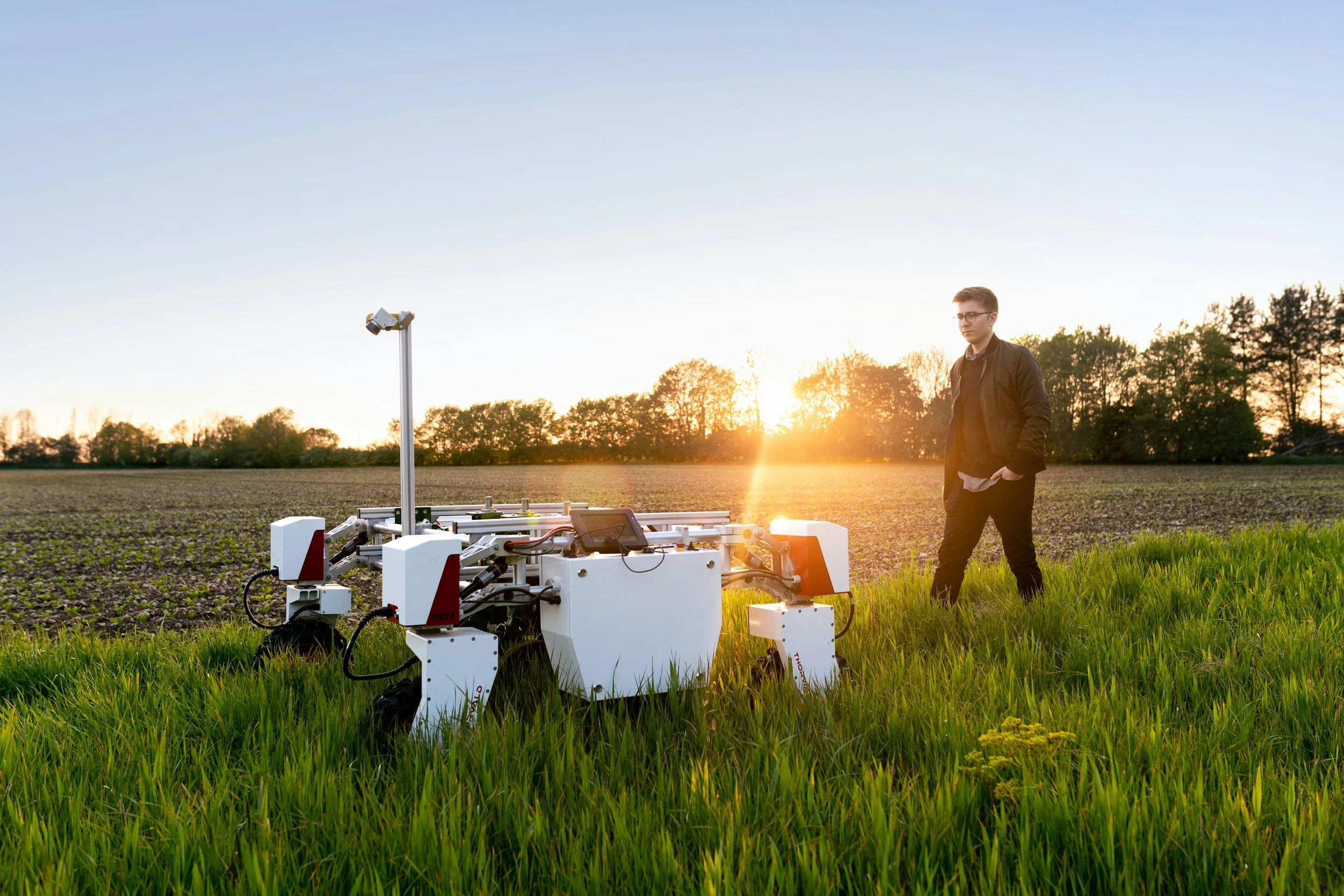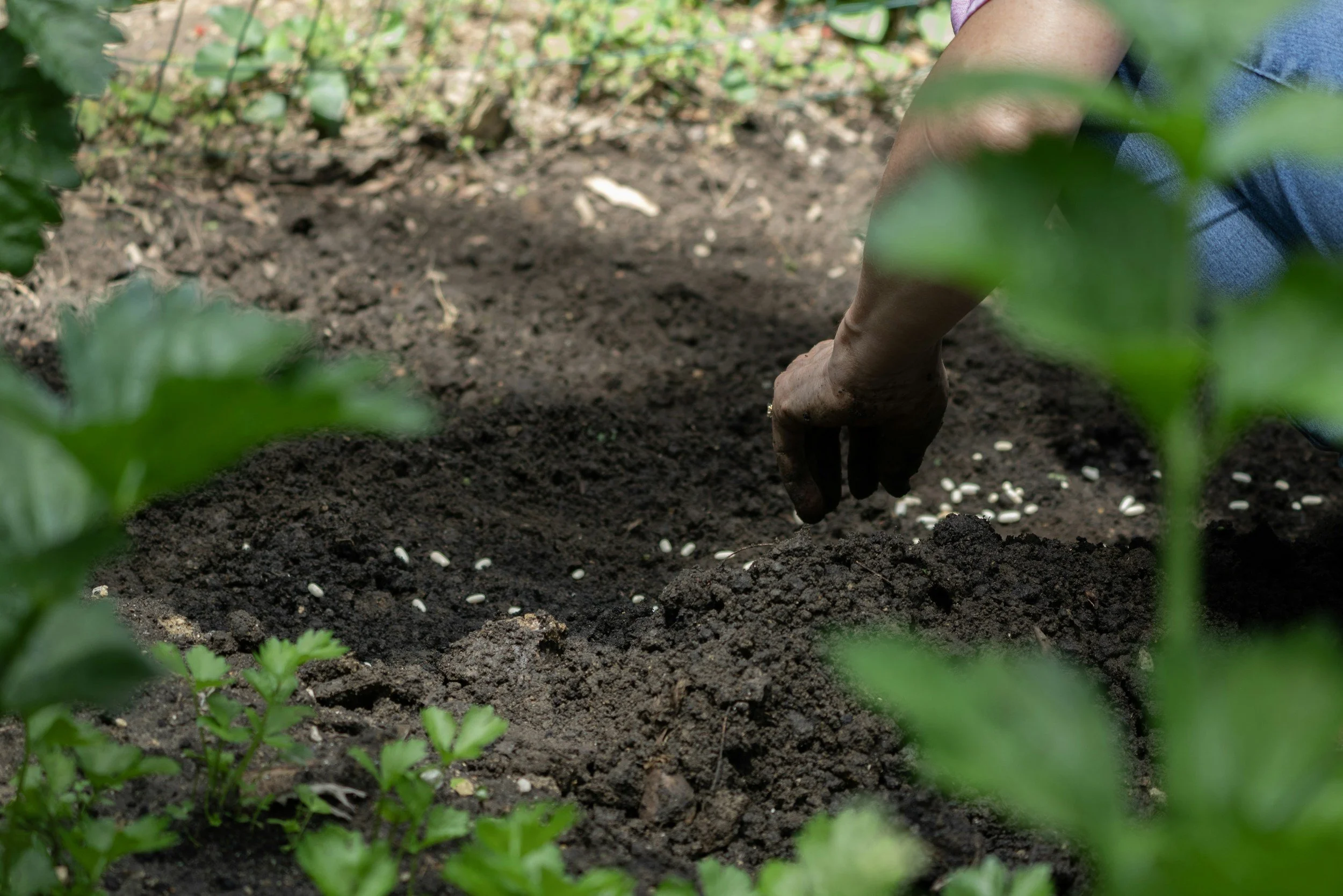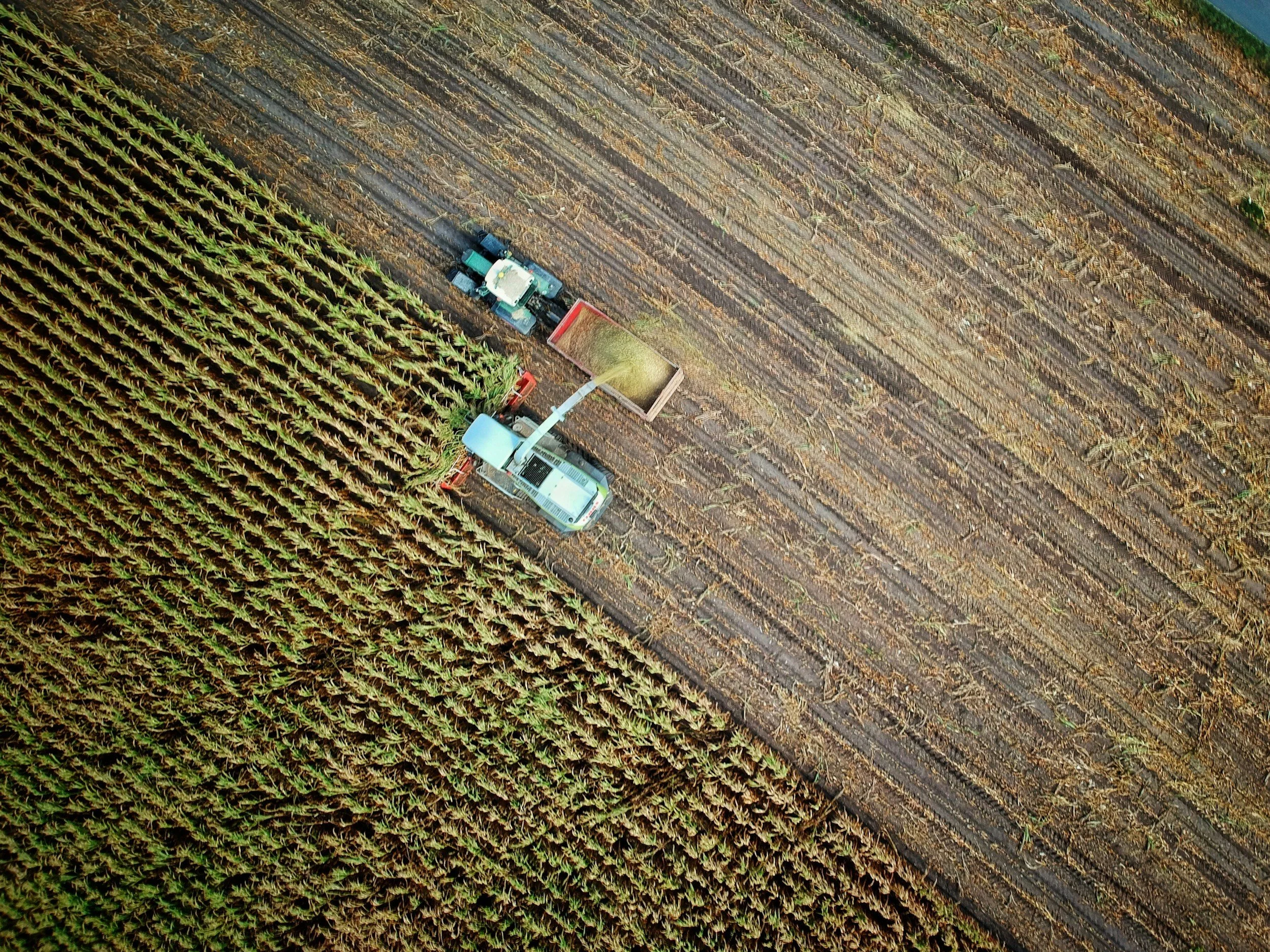Winter Garden Chronicle: What I’ve Learned from Winter Gardening
/If you read my post from last October 15, you’ll remember that I embarked on my second attempt at winter gardening this year. Happily, this attempt has been a lot more effective and (most of) my plants have so far survived the cold and snow outside. Although I’m far from confident in claiming this venture a success, it has taught me some valuable lessons about year-round gardening that I’d like to share with you.
Having an unseasonably warm winter helps a lot when you are just learning how to garden in the winter
The winter here in the mid-Atlantic region started off unusually warm. Temperatures went as high as 70 all the way through December, and even in January we had unseasonably warm weather, with only a few frigid nights. While temporarily putting the thought out of my head that this balmy weather was exacerbated by climate change (because how can you really think exacerbated when it’s 70 degrees in late December in snow country?), I expressed my gratitude to Mother Nature for making it easier for me to embark upon this adventure a second time.
The internet can be a good source of information, but it can also make things a lot more confusing.
I admit that one of my incentives for trying to garden through the entire winter was watching a YouTube video in which an Amish farmer extracted fully formed, happy-looking carrots from the snow. After seeing that video I went on a tear, absorbing as much information as I could find about gardening in winter until my head hurt. The problem was, while I learned a lot, it was just too much information to digest all at once. At the end of it, I didn’t know where to begin, or whether I should start with a cold frame or hot box, or be more ambitious and build a plant shelter out of PVC pipe because it just looked so cool on the internet. And because according to my boyfriend, I am addicted to Home Depot and do not need much of an excuse to go there to embark on a new DIY project (true).
(props to my sweetheart, who actually put the hotbox together, using my blueprints. Poor guy strained muscles he didn’t even realize he had!)
You need help. Preferably from an expert, because a lot of people who’ve never really tried winter gardening will give you half-assed advice (whether in person or on the internet).
Going to your local gardening store and speaking with an experienced professional is a lot more informative than using the internet alone (I know, sounds counterintuitive, but I found this to be true in my experience). For example, the internet told me I should use horse manure for the hot box. And I found out on my own (by calling landscape and gardening suppliers) that I’d have to collect the horse manure myself, then mix it with straw and let it cure for a week. I didn’t have that kind of time or inclination (cleaning stray horse poop out of the back of my SUV was not my idea of a relaxing Saturday afternoon). And I also found out from the gardening expert I consulted at my local Behnke’s store that horse manure would likely get too hot and burn the tender roots of my young plants. I took the expert's advice, using a bed of straw Ito line the bottom of the hot box, then a layer of mushroom-based compost, soil, and another layer of compost on top. It works great and stays comfortably warm even on chilly nights. The PVC pipe-and-plastic plant shelter doesn't stay nearly as warm, even with a nice bed and mulch made of straw, but so far the plants inside of it seem to be mostly alive. Soon, I’ll be paying a visit to a neighbor a few streets away, who has now built two proper greenhouses and has a pen with chickens and goats in his yard. I figure he might know a thing or two about growing your own food.
Growing your own food year round makes you much more aware, not only of what you eat, but how you use food, and how you waste it.
I was already pretty aware of our household's consumption, and waste, of food, but now I am hyper-aware, as my kids will tell you. Last year it seemed like I was throwing away a lot of spoiled food every week, which made no sense, since my tween eats like he has a hollow leg. This year I trash a much smaller amount of spoiled food maybe a couple times a month, usually because it was hidden way in the back of the fridge before I noticed. While I’m not using the kind of food waste apps designed to help restaurants and cafeterias reduce their waste, like the one designed by Lean Path, I did find that the global anti-food waste campaign toolkit published by Think.Eat.Save has some tips that were helpful for our household, like increasing our vegetable intake and reducing our consumption of poultry and fish, the two forms of meat we consume. While my tween still complains about “vegetarian night,” he cleans his plate and usually goes back for seconds (my preschooler loves “veg night”, as long as I promise to make her some mercimek çorba, Turkish lentil soup). And both kids have learned how to plant and harvest some of the vegetables in our garden; their fascination with our small harvest makes them less inclined to see it go to waste.
Don’t listen to the people who say you can’t do it.
Many people have told me that you can’t garden through the winter. Most of them have never even tried to garden year-round. But I looked, and there it was: evidence that other people had done it, even in places where winters are a lot colder than my region. Niki Jabbour has shared her wisdom on the subject in her book, The Year-Round Vegetable Gardener. I wish I had read this book before I got started, because now I’m playing catch-up. And I'm relatively optimistic that come early spring, we'll have a decent-sized harvest of greens, broccoli, cauliflower, and potatos (ok, not so sure about the potatos - the leaves keep coming up then dying off). Sure, my first effort ended in abject failure, and the cold snap we’ve been having since late January hit my crop pretty hard. On the other hand, even after being buried under over 2 feet of snow last week (see photo here or on our Facebook page), most of the plants are still alive and kicking.
None of this matters if you are trying to grow things you shouldn't be growing in winter.
Growing things in season is especially important for the winter gardener, unless you are going to invest in a proper greenhouse and heating/cooling system. I may have been a bit ambitious growing broccoli, cauliflower, and potatos, even though the first 2 are cool weather vegetables. But Niki says I can grow greens, kale, mache, carrots, and other cold-hardy vegetables in the dead of winter. There is only one exception to this general rule: if you are willing and able to move warm weather vegetables inside your home (near a patio door for full sun if you don’t have a grow light), you can enjoy them throughout the year. On the other hand, I am finding that my lunchbox orange snacking peppers grow very slowly and do not have the same rich sweetness that they do when they grow outdoors in the warm sun.
Winter gardening isn’t for everyone – let’s face it, this is a labor of love, and some days I wonder why I bother at all, since I already have so many things on my plate. On the other hand, it lends a comfortable routine to our mornings, it reduces our exposure to pesticides in the food we buy from the grocery, and if it helps us save money and improve our health and well-being in the long run, as I believe it will, then it’s well worth the effort.





































